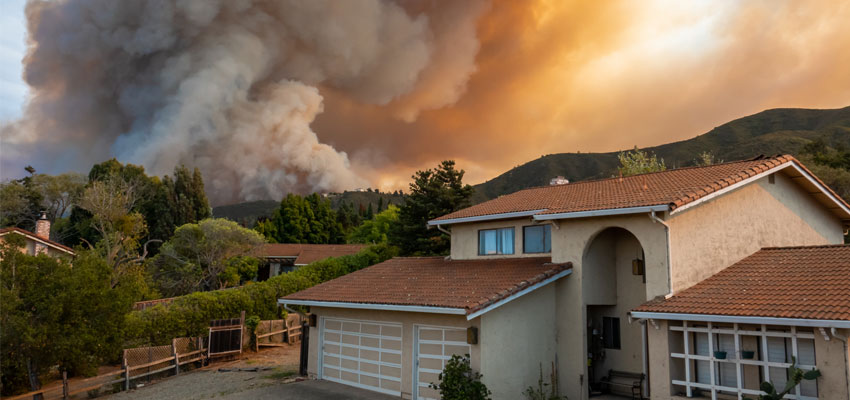

California’s wildfire seasons have intensified, leaving homeowners grappling with the dual challenges of fire risk and insurance coverage. As insurers increasingly drop fire coverage, homeowners face uncertainty. Let’s delve into why this crisis is unfolding and explore strategies for maintaining coverage.
Strict Regulations: Insurers grapple with state regulations that limit premium adjustments. Balancing risk and affordability becomes challenging, especially in high-risk areas3.
Regular Communication: Stay informed about policy changes, renewal notices, and any adjustments. Promptly address insurer inquiries.
To provide the best experiences, we use technologies like cookies to store and/or access device information, including advertising and analytics, and technology that documents your interaction and consent. Consenting to these technologies will allow us to process data such as browsing behavior, consent, and advertising and analytics. Without a selection, our default cookie settings will apply.